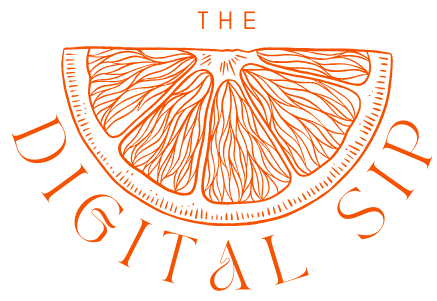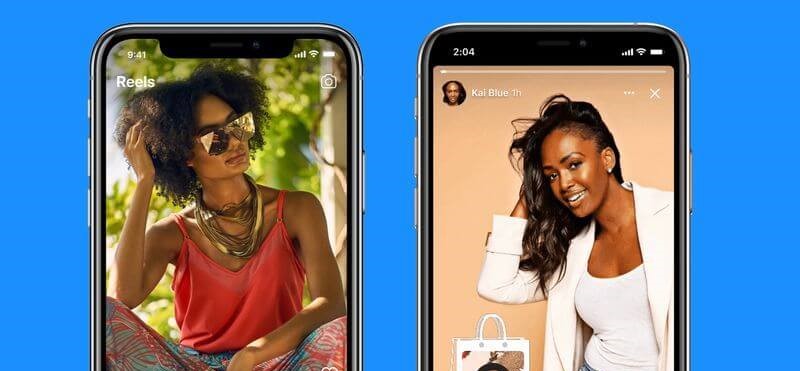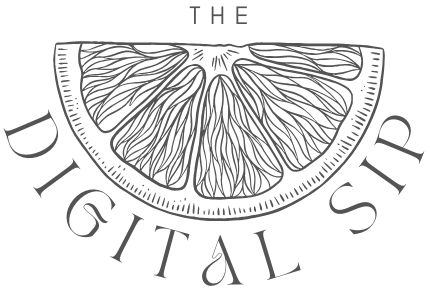In today’s competitive digital marketplace, leveraging paid advertising on platforms like Facebook, Instagram, and Google is essential for businesses seeking to enhance their visibility and drive conversions. However, to truly reap the benefits of these investments, it is critical to employ strategic measures to maximize return on investment (ROI). This blog will explore comprehensive strategies to optimize your paid advertising efforts across these platforms, ensuring that every dollar spent contributes significantly to your overall business objectives.
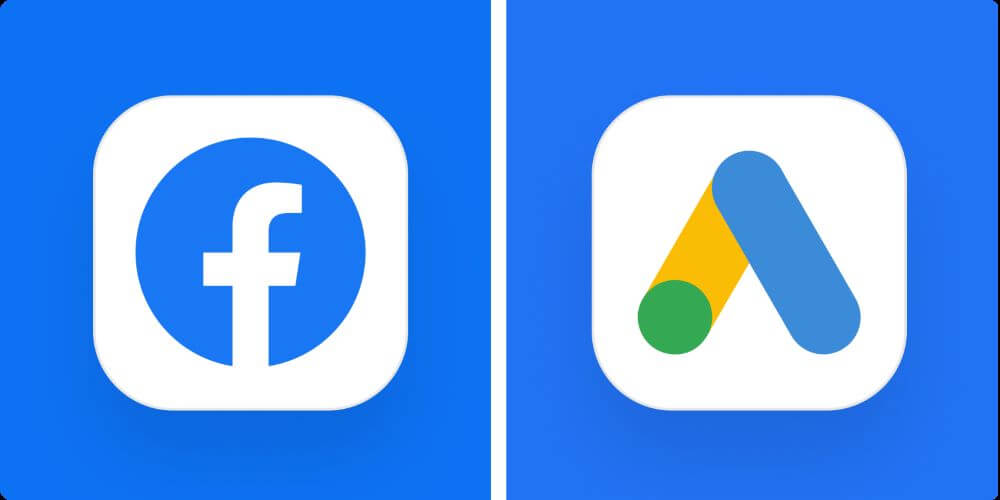
Setting Clear Objectives
The foundation of any successful advertising campaign is clear, measurable objectives. Define what you aim to achieve: Is it increasing brand awareness, driving traffic, generating leads, or boosting sales? Each goal will dictate different approaches to the campaign’s design, implementation, and measurement. Establishing specific, achievable, relevant, and time-bound (SMART) objectives early on guides your strategy and helps precisely evaluate your campaign’s effectiveness.
Understanding Your Audience
A deep understanding of your target audience is crucial. Utilize available data to gain insights into their demographics, online behavior, preferences, and pain points. Platforms like Facebook and Google offer robust analytics tools that can provide valuable insights into your audience’s characteristics and behaviors. By segmenting your audience based on these insights, you can create more targeted and personalized ad campaigns that resonate with specific groups, thereby increasing engagement and conversion rates.

Choosing the Right Platforms
Each advertising platform offers unique strengths. Facebook’s extensive user base and detailed demographic targeting options make it excellent for broad-reaching campaigns aimed at generating awareness or engagement. Instagram, with its visual format, is ideal for brands with strong visual content that can capitalize on image-driven storytelling. Google Ads excels at capturing demand when users are actively searching for specific products or services. Assess which platform aligns best with your campaign goals, the industry you are a part of, and where your target audience is most active.
Crafting Compelling Content
The success of your ads largely depends on the content. Whether it’s engaging videos, compelling imagery, or persuasive copy, your content must grab attention and encourage action. Test different formats to see what best resonates with your audience. For instance, video ads may perform better on Instagram, while detailed text ads might yield better results on Google. Regularly use A/B testing to refine your approach based on real-world data.
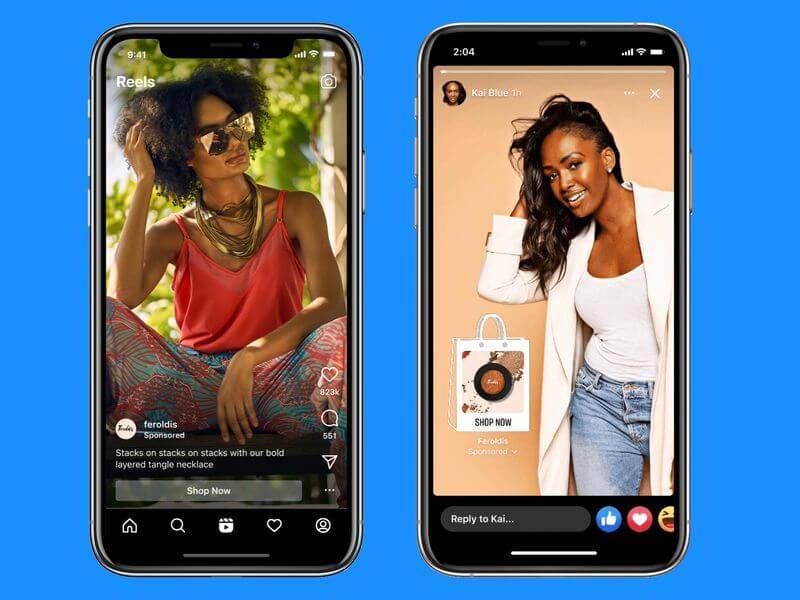
Setting the Right Budget
To truly tap into the potential of digital advertising and see a steady flow of credible leads, it’s essential to invest wisely in your ad spend. A monthly budget of at least $2,000 is recommended to generate meaningful traction and discernible results. This level of investment allows for sufficient ad frequency and reach across selected platforms, ensuring that your campaigns have the necessary visibility to attract quality leads. By committing to this budget, you’re not only increasing the likelihood of conversions but also enhancing your ability to test and optimize ads effectively, ultimately establishing a robust foundation for your digital marketing efforts.
Optimizing Landing Pages
The efficiency of your landing pages directly influences your campaign’s success. Ensure that each landing page is optimized for the specific audience and action you desire. This includes fast load times, mobile responsiveness, concise and compelling content, and a clear call to action (CTA). The consistency between the message in your ads and your landing pages improves user experience and conversion rates.
Using Advanced Targeting Options
Advanced targeting options are vital for enhancing campaign efficiency. Use Facebook’s Lookalike Audiences to reach new people who resemble your existing customers or Google’s in-market audiences to target users actively researching similar products. Tailoring your ads to the behavior and location of your audience can drastically improve engagement and reduce wasted expenditure.
Monitoring and Adjusting Campaigns
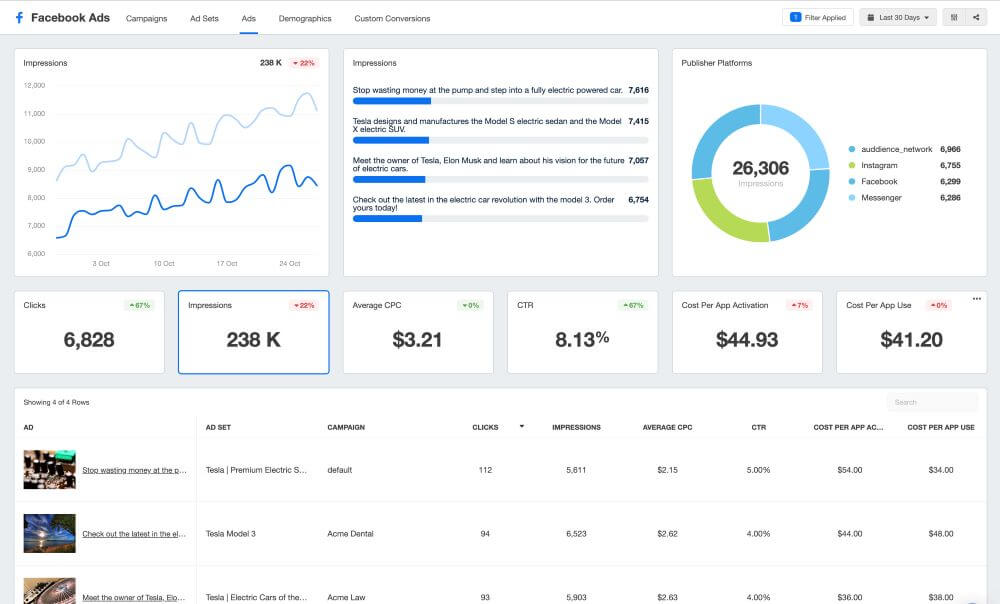
Ongoing optimization is key to maintaining effective campaigns. Continuously monitor your ads’ performance through key performance indicators like CTR, conversion rate, and CPA. Adjust your strategies based on these metrics—modify your ad spend, refine your targeting, or tweak your ad copy and visuals. Staying flexible and responsive to data will help you maximize your ROI over time.
Conclusion
Maximizing ROI from paid advertising on Facebook, Instagram, and Google requires a strategic and data-driven approach. By setting clear goals, understanding your audience, choosing the appropriate platforms, crafting compelling content, optimizing landing pages, utilizing advanced targeting techniques, and continuously monitoring and adjusting your campaigns, you can ensure that your advertising efforts lead to measurable success. Remember, the digital advertising landscape is ever-evolving, and staying informed and adaptable is key to leveraging these platforms to their fullest potential and achieving your business goals.
